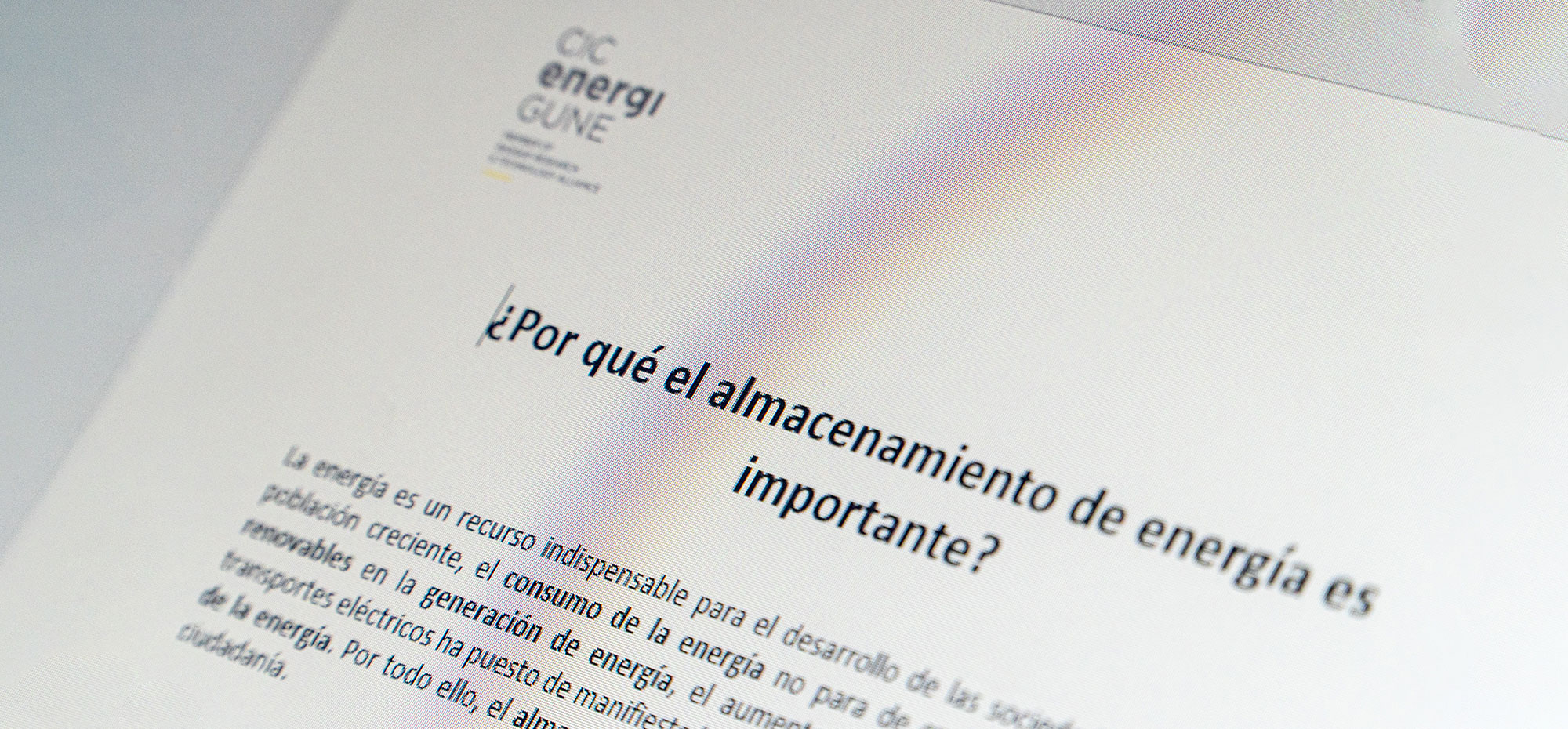The impetus behind this expansion lies in the global transition to sustainable mobility. EVs require advanced batteries that can provide longer range, faster charging times and longer lifetimes. These demands are leading to ongoing innovations in battery technology, including the development of solid-state batteries or improvements to existing lithium-ion batteries.
This growing demand has driven massive investments. The role of investors in this sector is crucial because they channel funds and other assets - such as knowledge or know-how - to companies in the battery sector, and can be divided into two broad categories: strategic investors and financial investors.
Strategic investors: the big players interested in accelerating the transition
In the first place, we find those known as “strategic investors”, which include those companies and entities that are most interested in the development and growth of the market, as they are, in the vast majority of cases, the major beneficiaries of implementing these technologies in their products or services. The clearest and most important case is that of vehicle manufacturers, which seek to accelerate the competitive development of the electric car.
These investments are crucial for these manufacturers for several reasons. First, because securing a stable, long-term supply of batteries is essential to meet the growing demand for electric vehicles (EVs). Second, because investing in battery technology allows automakers to stay at the forefront of innovation, improving the range, efficiency and charging times of their vehicles. In addition, these investments help reduce long-term costs, as in-house development and strategic partnerships can be more cost-effective than relying on external suppliers.
In recent years, it is these types of investments and investors that have dominated major deals in the industry. There are numerous examples: BMW with Northvolt, Ford with Solid Power, Volkswagen with QuantumScape, Daimler with Farasis... There is virtually no OEM without an equity stake or investment in a component or battery cell producer. And the forecast is that this trend will continue in the coming years, as manufacturers compete for a market (the electric vehicle market) based on innovation and accelerated development of solutions.
Financial investors: different entities in search of profitability and impact beyond the technology itself
Beyond the strategic investors seen above (and their reasons for investing), we also find another series of entities that are betting on the economic boost of this industry for reasons beyond the development of the technology and its possible use in final applications such as the electric car or other industries.
In the case of this typology, their investment reasons, as well as their own nature, are varied and diverse. We can therefore make a sub-grouping in the different categories that make up this amalgam:
PRIVATE EQUITY
This type of investor is motivated by high return expectations in a rapidly growing market, driven by the transition to clean energy and the electrification of transportation. The demand for electric vehicles and the need for efficient energy storage have created a fertile environment for battery investments. Financial investors play a crucial role in providing the capital needed to drive innovation and expansion in this sector.
Regarding private equity investment in the battery storage sector, it has shown a significant evolution in recent years. In 2023, nearly $5.2 billion was invested in 44 deals, highlighting continued interest in this sector. In 2022, total deal value peaked at $11.2 billion across 80 transactions, although 2018 had the highest total value due to the $13.2 billion acquisition of Clarios. This trend reflects the growing recognition of the growth potential and lucrative opportunities in the battery industry.
This includes investors such as Brookfield Business Partners, Caisse de dépôt, KKR or BlackRock, the world´s leading investment manager.
VENTURE CAPITAL
Venture capital (VC) investment in the battery sector has been particularly dynamic in recent years. In 2023, despite a more cautious investment environment, venture capital continued to play a key role in financing innovative battery companies.
Venture capital is a type of entity or figure particularly focused on investing in the early and growth stages of battery companies. During the seed and early-stage, venture capital provides the necessary resources for research and development, helping startups develop prototypes and bring their products to market. In the growth phases (late-stage), VC funds the expansion of production and large-scale commercialization, enabling companies to consolidate their position in the market and scale their operations. This support is crucial for startups to compete in the highly competitive and technologically advanced battery market.
PUBLIC INSTITUTIONS
Public institutions, such as governments and state agencies, play a crucial role in financing battery companies. These institutions invest in the battery industry to boost local technology, foster innovation and ensure energy independence. In addition, they seek to promote environmental sustainability and meet carbon emission reduction targets. In many cases, public investments can also help create jobs and strengthen the local economy through the development of new technologies and advanced manufacturing.
In this case, especially large public institutions in the United States and Europe have participated with different investment mechanisms in an attempt to accelerate industrial development in their territories and close the gap with Asian countries. Thus we find bets such as those made by the U.S. Department of Energy (or those made by both EU governments and the EU itself in European technology projects).
PENSION FUNDS
Beyond the figures mentioned above, another type of investor that is gaining prominence is the pension funds. These entities are large investors that manage money earmarked for employee retirements. These funds seek investments that provide stable, long-term returns, which makes battery companies attractive due to the expected growth in demand for electric vehicles and energy storage. In addition, investing in sustainable and clean technologies can align with the responsible investment policies that many pension funds are adopting.
These investments by public institutions and pension funds not only provide the necessary capital for the development and expansion of advanced battery technologies, but also highlight the commitment to sustainability and innovation in the transition to a cleaner and more efficient economy.









